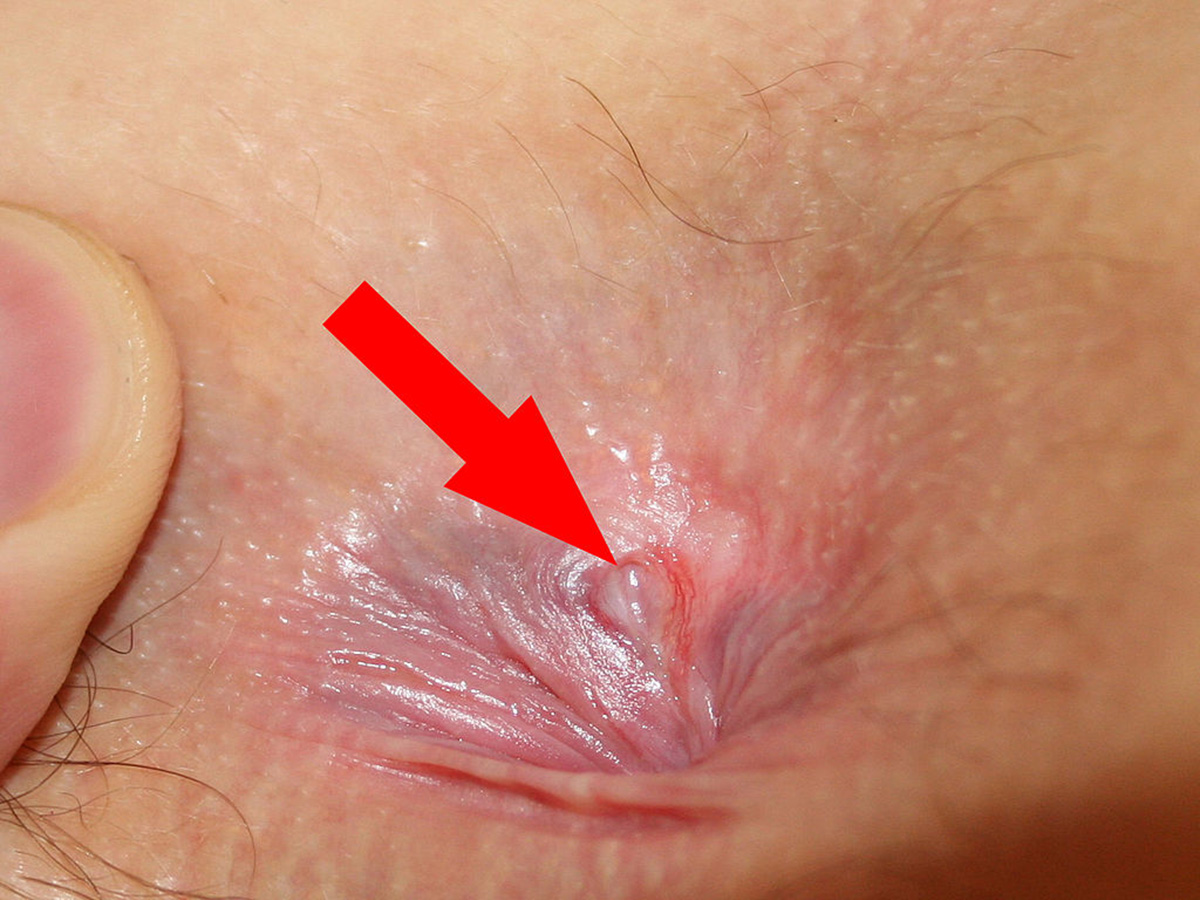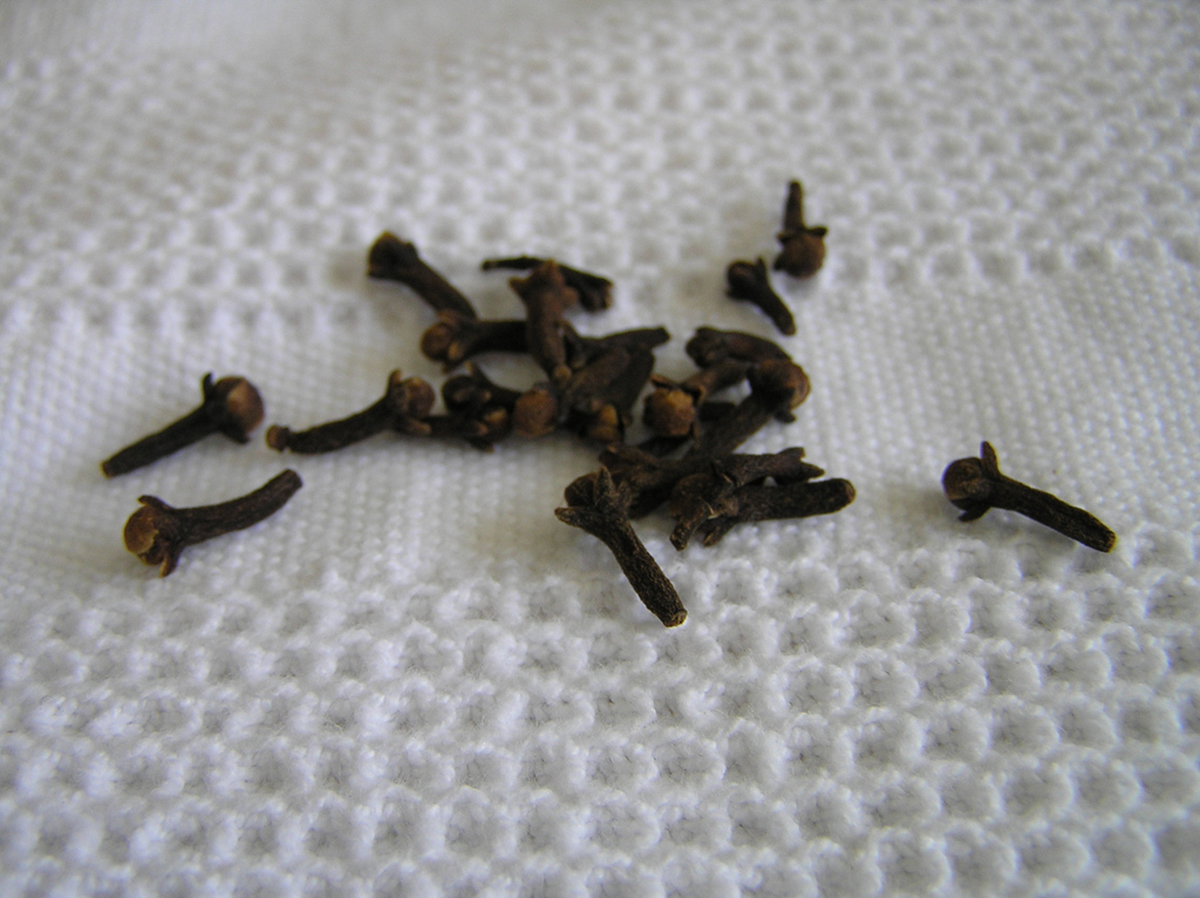An anal fissure is a tear or crack in the anal canal. When the fissure first develops, it usually only involves the mucosa, the outermost lining of the canal. If an anal fissure is left unattended, however, it can erode through the entire anal canal and even create a fistula, a second "anus" opening, through the skin.

How Common Are Anal Fissures?
Epidemiologists estimate that 8 percent of men and 25 percent of women have anal fissures. This problem is more common among younger people than it is among the elderly. Many women develop anal fissures during pregnancy or labor.
What Causes Anal Fissures?
Doctors don't fully understand why some people develop anal fissures and some do not, but the triggering event seems to be the passage of an especially hard stool through the anal canal. There are no activities or occupations that are especially prone to the development of anal fissures, but prior anal surgery is a risk factor, because it creates adhesions (connections between or within internal organs — or "tethers," in the medical literature) and scar tissue that can make bowel movement difficult.
Tiny tears in the lining of the anus heal quickly. But when the anus is subjected to repeated passage of hard stool, the tears can deepen and spread through surrounding tissues. When a fissure is advanced enough that it causes bowel spasms, blood flow, which is already low on the posterior side of the anus, is compromised even further, making it difficult for the fissure to heal.
Any trauma to the anal canal can cause a fissure. Receiving anal intercourse, constipation, diarrhea, rectal exams at the doctor's office, colonoscopy, or the insertion of any foreign object into the anus can result in a traumatic wound. Some people don't seek medical help for anal fissures because they are afraid that their doctors will assume some activity with which they do not wish to be associated is the cause of the problem.
How Can I Tell Whether I Have Anal Fissures?
The most common symptom of anal fissures is bright, red blood on toilet tissue after defecation. Brightly colored blood has been recently shed. Darker blood would suggest a problem "further up," not an anal fissure.
Additionally, anal fissures can cause:
- A few drops of blood in the toilet bowl. Large amounts of blood in the toilet indicates a problem other than anal fissures that should be checked out by a doctor right away, even at the ER.
- Painful spasms after bowel movement. This can lead to avoiding bowel movement, harder stools, and even worse anal fissures when the bowels eventually move.
- An anal skin tag or scar tissue below the fissure.
See Also : Anal Fissure Recovery
Your doctor can tell a lot by the location of the fissure. Usually, but not always, an anal fissure occurs at the midline of the anus. When a fissure breaks out to one side or the other, there may be Crohn's disease (which causes inflammation and tissue destruction throughout the bowel), or an infection could be the cause of the problem. Doctors can diagnose anal fissures just by talking with you, but usually they will look inside your rectum with a device called an anoscope to confirm the diagnosis, determine its severity, and rule out other problems.
What You Can Do About Anal Fissures
It's an awkward problem to have, and many patients delay medical treatment far too long. That's a shame, because there's good news, too. Anal fissures are a problem you can do a lot about. Here are some suggestions:

- Remember the acronym WASH. Take a warm shower or a warm bath after a difficult bowel movement. Use analgesics to control the pain, preferably not Aspirin, which can increase bleeding. Oil of cloves is the best herbal remedy for the pain of anal fissures. It's available as a cream. Take stool softeners such as Surfak. Ratio Lactulose and docusate sodium (Colace) also work. Eat a high-fiber diet to increase the bulk of stools so they are lighter and easier to pass. It's always best to increase the amount of fiber in your diet gradually. Too much fiber without a chance for your intestinal flora (symbiotic bacteria) to digest it can actually make constipation worse, so take things slow.
- Be careful with coffee and tea. Caffeinated beverages may stimulate a bowel movement, but they are also dehydrating. Some people who have anal fissures are best off to forgo them.
- Walk 30 minutes a day. Gentle exercise increases blood flow to the anus, and helps it heal faster.
- Try drinking a small amount (up to 1 cup/240 ml) of cabbage juice every day, or adding either cooked or raw cabbage to your diet. Cabbage contains a hexosamine sugar that acts as a kind of "glue" in the lower digestive tract, holding anal fissures closed so they can heal. Don't consume extra cabbage for more than a month unless you are also using iodized salt, so you do not experience an iodine deficiency.
- If your baby has anal fissures, consider switching from cow's milk to goat's milk — always in conjunction with your baby's pediatrician, of course. A study published in the New England Journal of Medicine found that 40 out of 44 children aged 6 months to 6 years who had anal fissures had allergies to cow's milk. An allergy is not the same as the more common lactose intolerance, which does not cause fissures. Switching to a different kind of milk stops the allergy and gives the fissures a chance to heal. However, most babies tolerate breast milk best, and babies who are exclusively breastfed rarely develop a lactose intolerance.
- Try a sitz bath to relieve pain from anal fissures. As its name suggests, a sitz bath is accomplished by seating at least the buttocks in warm water for 15 to 20 minutes at a time. There are several herbal additives for the bath water than can relieve both anal fissures and hemorrhoids, including calendula (test a little bit on your skin before you take a sitz bath in it to make sure you are not allergic) and collinsonia.
- Don't use scented toilet paper, or toilet paper that is printed with a design. The scents and inks can irritate the anus. A bidet may be a better solution, if available.
- Be careful about washing your privates. Sudsing up the ano-genital region dries it out and leads to cracking and irritation.
- Try Preparation H. North America's leading hemorrhoid cream also soothes anal fissures.
- Avoid large, heavy meals, especially large meals of fatty foods. Eating smaller portions results in less food traveling through the gut, smaller bowel movements, and less strain on the anus and the blood vessels surrounding on it. This gives fissures a chance to heal.
See Also : Anal Abscess and Hemorrhoids: Home Remedies or Surgery for Anal Fistula?
- Nzimbala MJ, Bruyninx L, Pans A, et al. Chronic anal fissure: common aetiopathogenesis, with special attention to sexual abuse. Acta Chir Belg. Nov-Dec 2009.109(6):720-6.
- Sileri P, Stolfi VM, Franceschilli L, et al. Conservative and Surgical Treatment of Chronic Anal Fissure: Prospective Longer Term Results. J Gastrointest Surg. Mar 2 2010.
- Photo courtesy of Bernardo Gui by Wikimedia Commons : en.wikipedia.org/wiki/File:Anal_fissure_1.jpg
- Photo courtesy of Ryan Snyder by Flickr : www.flickr.com/photos/ryansnyder/2426869910/

